Children are now prioritized personal achievement over kindness
“When the supermarket clerk tallied up my groceries, it was $12 over what I had on me. I began to remove items from the bags when another shopper handed me a $20 bill. “Please don’t put yourself out,” I told him. “Let me tell you a story,” he said. “My mother is in the hospital with cancer. I visit her every day and bring her flowers. I went this morning, and she got mad at me for spending my money on more flowers. She demanded that I do something else with that money. So, here, please accept this. It is my mother’s flowers.”
—Leslie Wagner, Peel, Arkansas
We hear horror stories on News everyday and sometimes, we also hear heart warming kindness like above story which demonstrates both how kind and unkind humanity can be.
Worryingly, though, evidence suggests there aren’t many stories like above among the younger generation.
This sad affairs is illustrated by Harvard University’s Making Caring Common Project, a research initiative that examined the attitudes of 10,000 children toward compassionate behavior. Depressingly, researchers found that 80 percent of these children identified their own personal happiness or success as their main priority in life, with only 20 percent selecting “caring for others” as their top goal.
Moreover, the researchers discovered that the majority of children surveyed felt that their parents would be prouder of them for doing well academically than for caring about others in the community.
So what’s behind this collapse in kindness among young people? Unfortunately, the answer may lie in the damaging parenting style known as helicopter parenting.
What is Helicopter Parenting?
Helicopter parenting, characterized by parents who obsess over their children’s success and micromanage their lives, contributes to this decline in kindness. These parents often overlook the importance of teaching empathy and compassion, focusing instead on academic and extracurricular achievements.
Why Kindness Matters
Helping your child develop into a kind person has obvious advantages for the people around him instead of solely focusing on child’s financial or monetary success.
After all, who wouldn’t want to live next door to someone who’s always willing to do you a favor, or who cares about your well-being?
But what about the benefits for kind people themselves? In other words, does it benefit your child to be kind?
The evidence says that it does. Take gratitude, for instance, an important element of kindness. Showing gratitude means recognizing and demonstrating our appreciation for people around us. And studies have found that showing gratitude has clear benefits for our children’s mental health.
For instance, a 2018 study published in the Journal of Positive Psychology found that a grateful outlook boosted people’s happiness levels, and increased the amount of hope they had for the future.
In addition, the Journal of School Psychology has published research revealing that children with a grateful mindset have higher levels of optimism, a greater feeling of life satisfaction and a lower risk of depression.
So how can you give your child the invaluable gift of gratitude?
1. Model Kindness and Gratitude
– Daily Example: Show your children kindness in everyday actions. Hold the door open for someone, express gratitude to service workers, and thank your children for their help.
– Family Gratitude Ritual: At dinner, have each family member share one thing they are grateful for that day. This practice encourages everyone to reflect on positive aspects of their day and appreciate small acts of kindness.
2. Encourage Thoughtful Gift-Giving
– Holiday Traditions: During holidays, emphasize the importance of thoughtful gift-giving and receiving. Encourage your children to make homemade gifts or write heartfelt notes.
– Thank-You Notes: After receiving gifts, help your children write thank-you notes. This practice reinforces the value of appreciation and thoughtfulness.
3. Promote Acts of Kindness
– Kindness Jar: Create a “Kindness Jar” where family members can write down acts of kindness they observe or perform. At the end of the week, read them together and celebrate these moments.
– Community Service: Involve your children in community service activities, such as volunteering at a local shelter, participating in neighborhood clean-ups, or organizing a charity drive. These experiences teach empathy and the importance of giving back.
4. Teach Empathy Through Role-Playing
– Empathy Games: Use role-playing games to help children understand different perspectives. For example, act out scenarios where someone needs help, and discuss how to respond kindly.
– Storytime Discussions: Read books that highlight kindness and empathy, and discuss the characters’ actions and feelings. Ask questions like, “How do you think they felt?” and “What would you have done?”
5. Practice Gratitude Journaling
– Gratitude Journals: Encourage your children to keep a gratitude journal. Each day, they can write down three things they are grateful for. This practice helps them focus on positive experiences and develop a grateful mindset.
– Reflection Time: Set aside time each week to reflect on their journal entries together. Discuss what they wrote and why they felt grateful, reinforcing the importance of recognizing and appreciating the good in their lives.
Conclusion
Raising kind, compassionate children in a world that often prioritizes personal achievement over empathy is a challenge, but it’s a challenge worth taking. By modeling kindness, encouraging gratitude, promoting acts of service, and fostering emotional intelligence, you can help your children develop into caring individuals. These daily practices and long-term strategies will not only benefit your children but also contribute to a kinder, more compassionate world.
Remember, kindness is a powerful force that can transform lives. Start today by implementing these actionable steps, and watch as your children grow into kind-hearted, empathetic individuals who positively impact those around them.


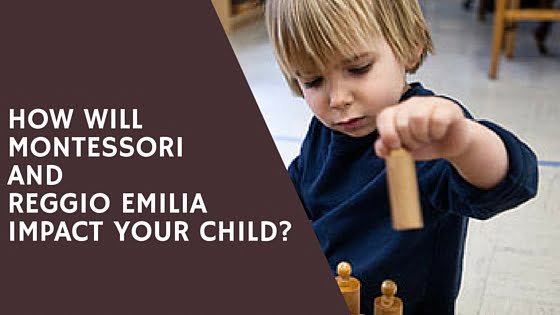
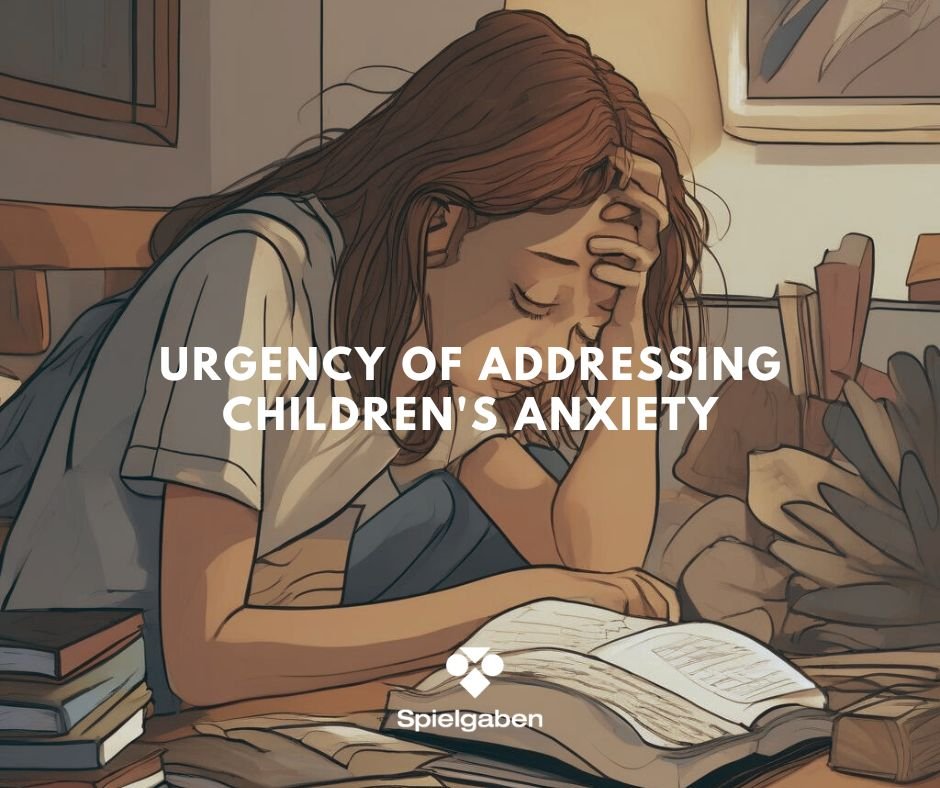
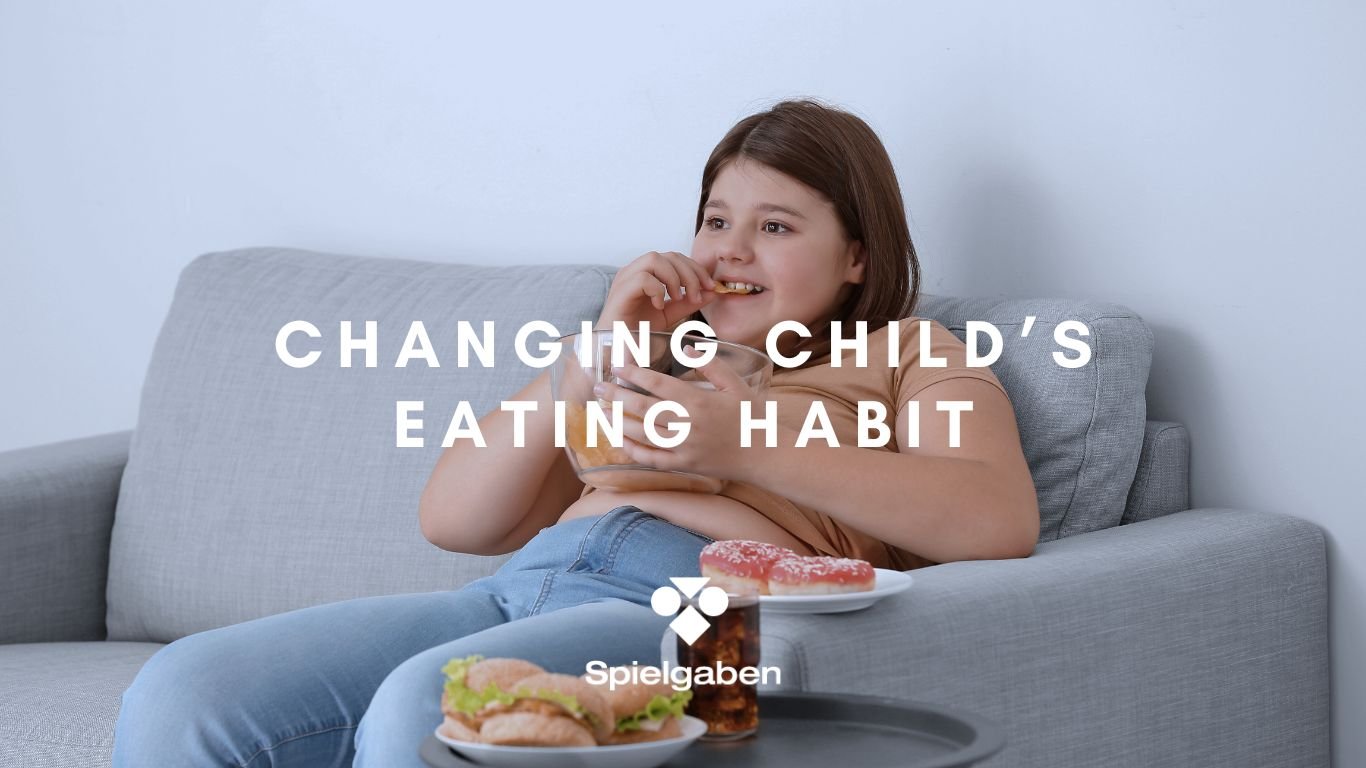
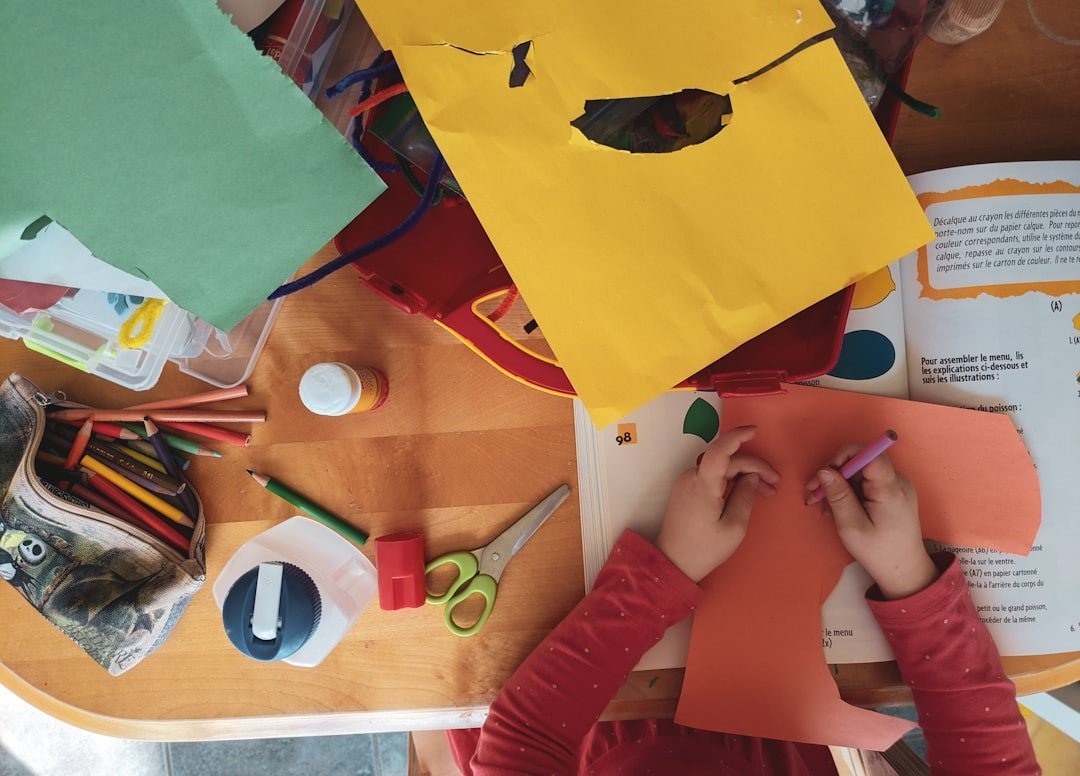
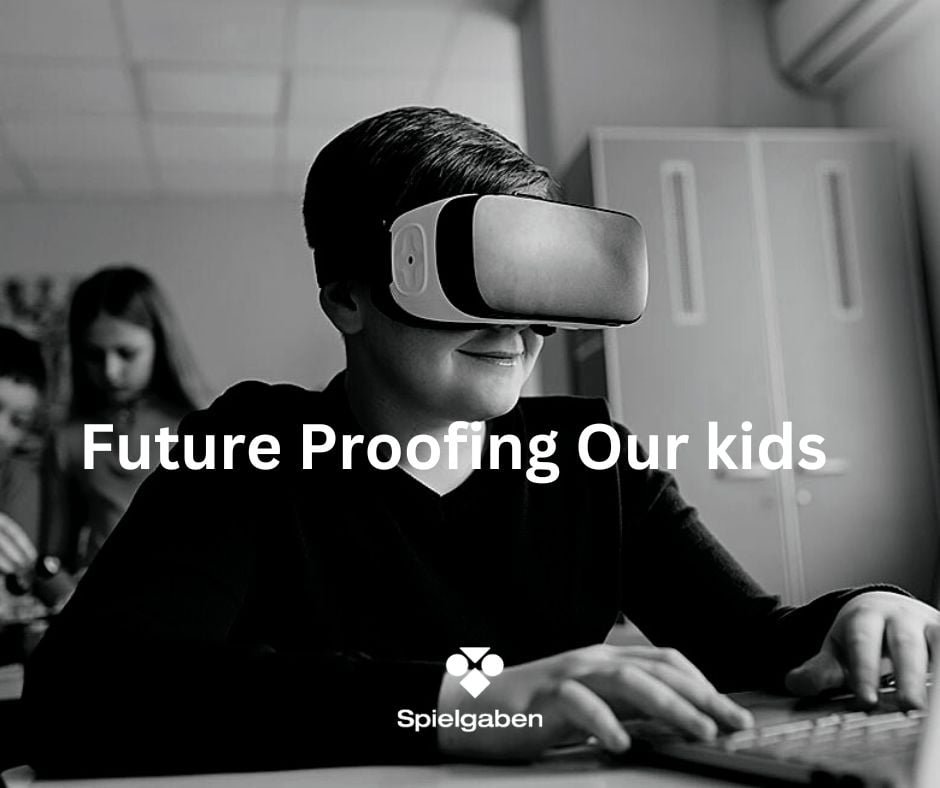

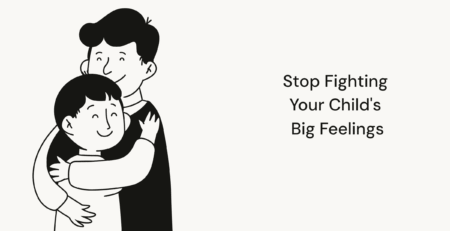
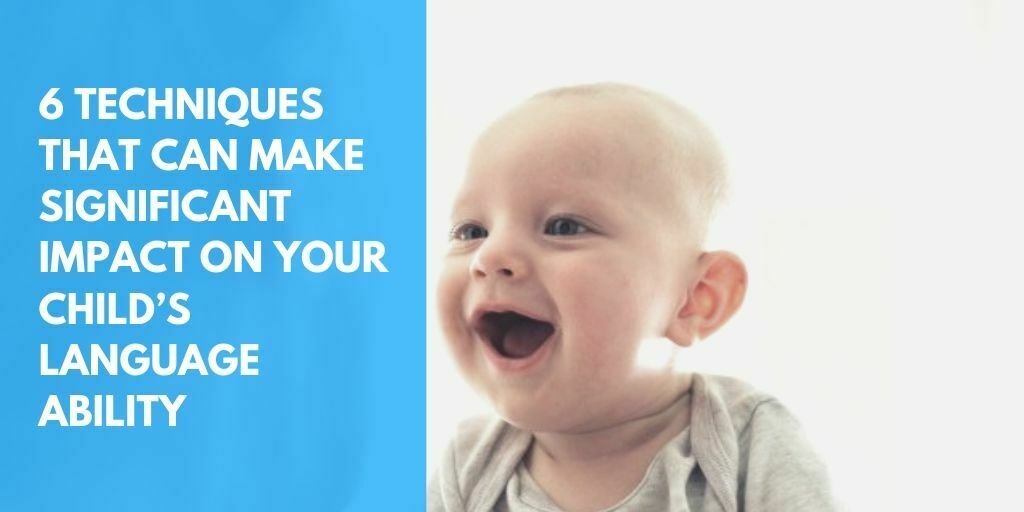
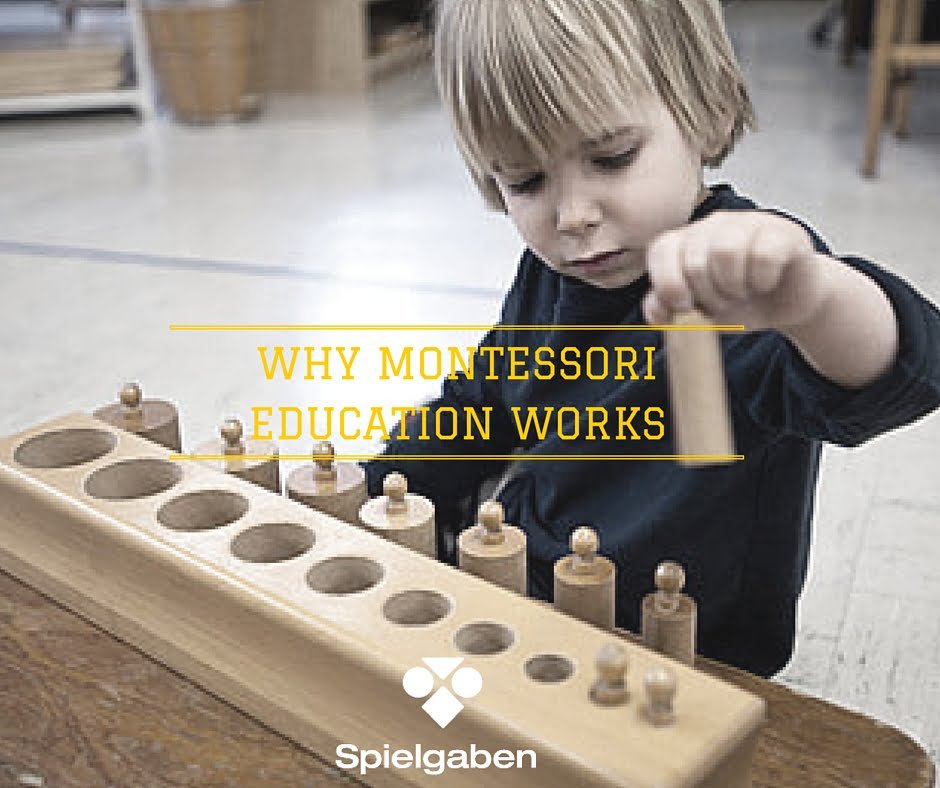
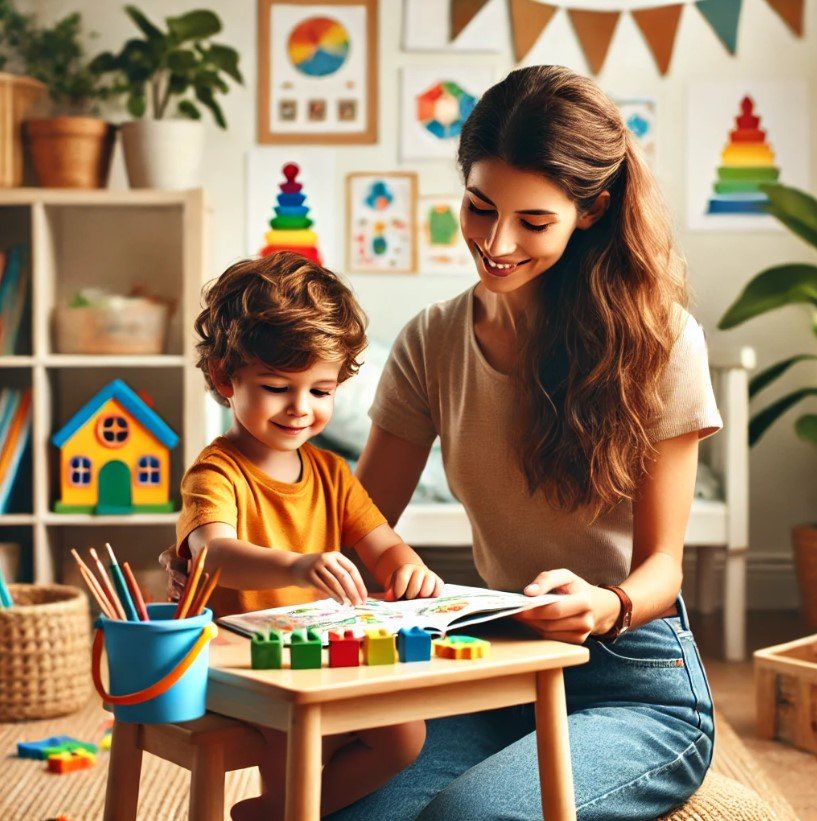

LEAVE A COMMENT